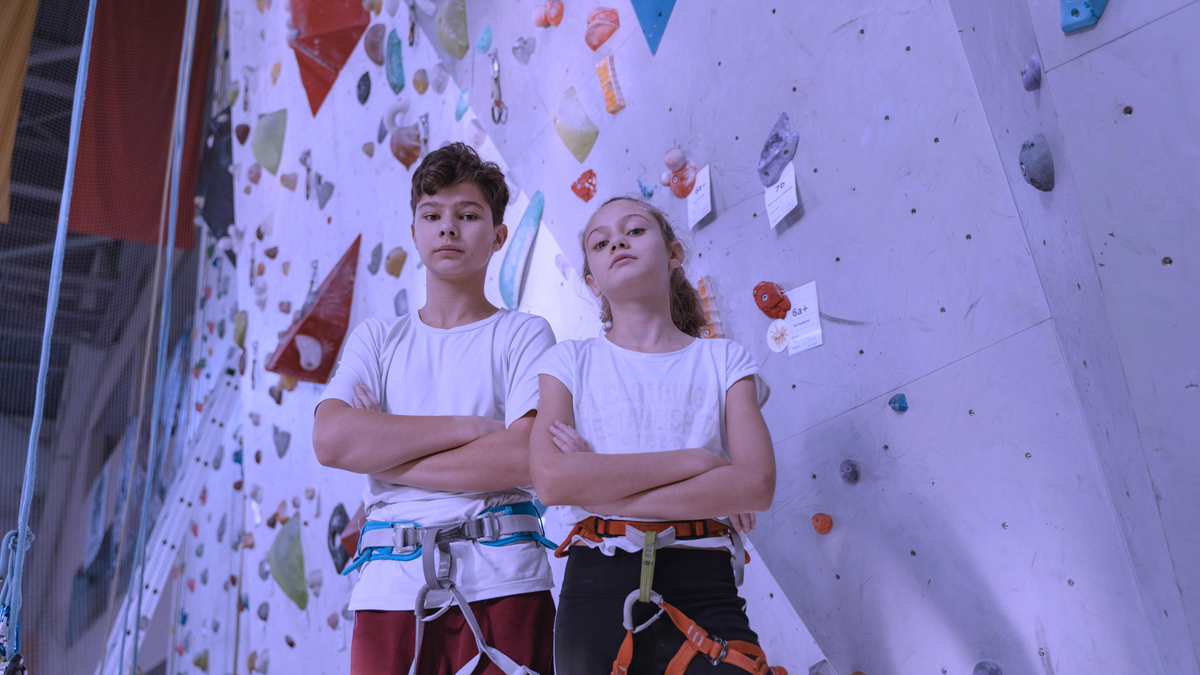7 Fun Kids Goal-Setting Activities to Build Confidence and Resilience

Imagine your child tackling challenges with confidence, bouncing back from setbacks, and setting their sights on meaningful goals. Sounds like a dream, right? Well, it doesn't have to be. Teaching kids how to set and achieve goals isn't just a nice-to-have skill; it's a cornerstone for building focus, perseverance, and self-esteem. By incorporating engaging kids goal-setting activities into their routine, you can empower them to navigate life's twists and turns with grit and determination.
In this article, we'll explore why goal-setting is essential for kids, uncover fun activities to make the process enjoyable, and share tips for overcoming common hurdles. Let's get started!
Why Goal-Setting Matters for Kids
Goal-setting is more than just ticking off to-do lists; it's a life skill that shapes a child's cognitive, emotional, and social development. When kids learn to set goals, they gain tools to manage their time, build confidence, and embrace challenges as opportunities for growth. Research shows that goal-setting enhances performance and fosters resilience by teaching children to break down obstacles into manageable steps.
But the magic lies in how kids set those goals. By balancing intrinsic motivators (like curiosity and personal satisfaction) with extrinsic ones (like rewards or recognition), they learn to stay engaged and motivated. The key is to make the process meaningful and fun; because let's face it, kids are far more likely to stay committed when they're having a blast.
7 Engaging Kids Goal-Setting Activities
1. Create a Vision Board
Nothing sparks excitement like a splash of creativity. Have your child make a vision board filled with pictures, words, and drawings that represent their goals. Whether it's learning to play the guitar or saving up for a new toy, seeing their aspirations displayed visually keeps them motivated and focused. Hang it in a spot they see daily for a constant dose of inspiration.
2. Build a Goal Ladder
Think of a goal ladder as a roadmap to success. Write the ultimate goal at the top and then break it into smaller, manageable steps on each rung. For example, if the goal is to read five books, the first rung could be visiting the library, followed by reading the first chapter of Book One. Checking off each step builds momentum and confidence.
3. Hold Family Goal-Setting Sessions
Why not make goal-setting a family affair? Sit down together and share your goals, big or small. This not only strengthens bonds but also creates a supportive environment where everyone can cheer each other on. Plus, kids learn by example, so watching you set and achieve goals is a lesson in itself.
4. Use Sticker Charts for Younger Kids
For younger children, sticker charts are a simple yet powerful tool. Set small, achievable goals like cleaning up toys or brushing teeth, and let them add a sticker for each accomplishment. The visual progress is rewarding and encourages consistency.
5. Celebrate Milestones
Who doesn't love a little celebration? Recognize your child's achievements, no matter how small. Whether it's a high-five, a special treat, or a shout-out during dinner, celebrating milestones reinforces their hard work and keeps them motivated to tackle the next challenge.
6. Try Interest Maps
If your child isn't sure where to start, an interest map can help. Draw a circle in the middle of a page with “Me” written inside, then branch out with bubbles of things they love, like sports, art, or science. From there, brainstorm related goals. It's a fun way to connect their passions with actionable steps.
7. Encourage Journaling
For older kids and teens, journaling can be a game-changer. Encourage them to write down their goals, reflect on their progress, and document challenges along the way. It not only builds self-awareness but also provides a space to celebrate wins and learn from setbacks. For a more interactive approach, the Wheel of Quests on the Conqur app gamifies self-improvement, offering fun challenges that help kids develop confidence and build healthy habits.
Overcoming Common Challenges
When Goals Feel Overwhelming
Sometimes, kids may feel daunted by their goals, especially if they're too ambitious. Help them break these down into bite-sized tasks. For instance, instead of “learn to play the piano,” start with “practice for 10 minutes a day.” Smaller steps feel achievable and keep the momentum going.
Dealing with Setbacks
Setbacks are inevitable, but they don't have to derail progress. Teach your child to see challenges as opportunities to learn. If they stumble, ask questions like, “What could we do differently next time?” This reframes the experience and fosters a growth mindset.
Keeping Motivation Alive
Motivation can wane over time, but you can reignite it by revisiting their goals and tweaking them if needed. Sometimes, a small change, like adding a new reward or adjusting the timeline, can make all the difference.
Tailoring Activities to Age Groups
Goal-setting looks different at various stages of development. For toddlers, focus on simple, short-term goals like putting toys away. School-age kids can handle structured activities like goal ladders, while teens benefit from tools like journaling or SMART goals. Adjusting the approach ensures that the process remains age-appropriate and impactful.
The Big Picture
Teaching kids goal-setting activities isn't just about helping them achieve individual milestones, it's about equipping them with skills that last a lifetime. From resilience to time management, the benefits ripple out into every corner of their lives. And when it's done in a fun, engaging way, kids aren't just learning; they're thriving.
Ready to take the first step? Dive into these activities and explore tools like the Conqur app for even more innovative ways to nurture your child's growth. Start today and watch them conquer their goals with confidence!


